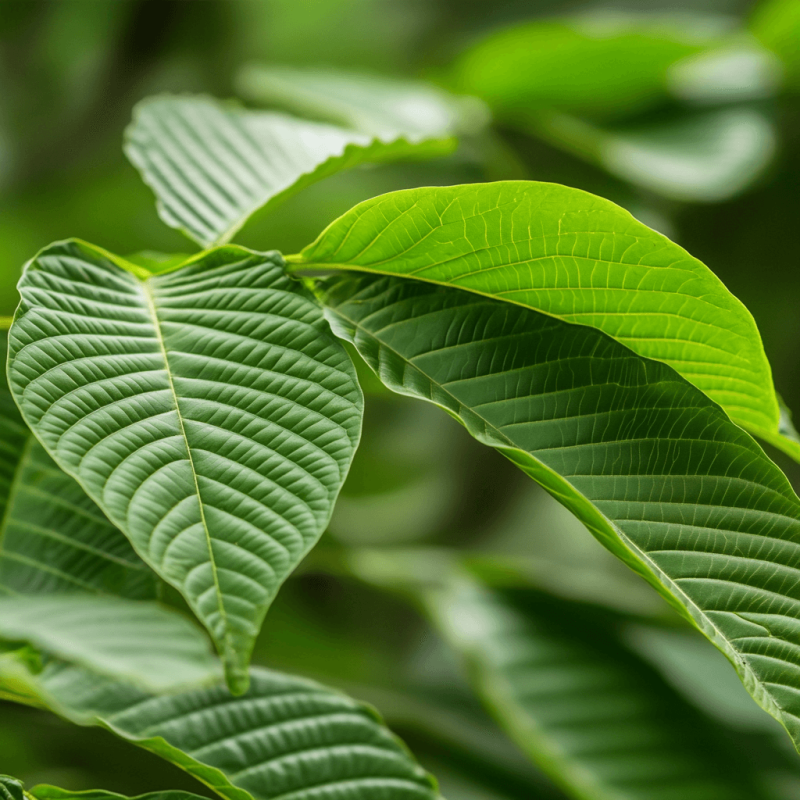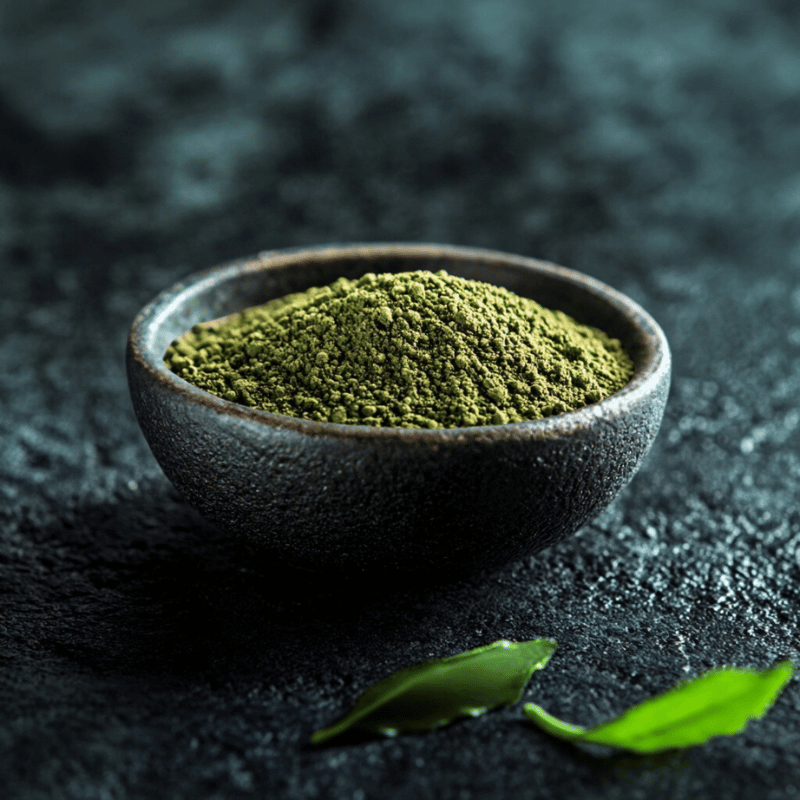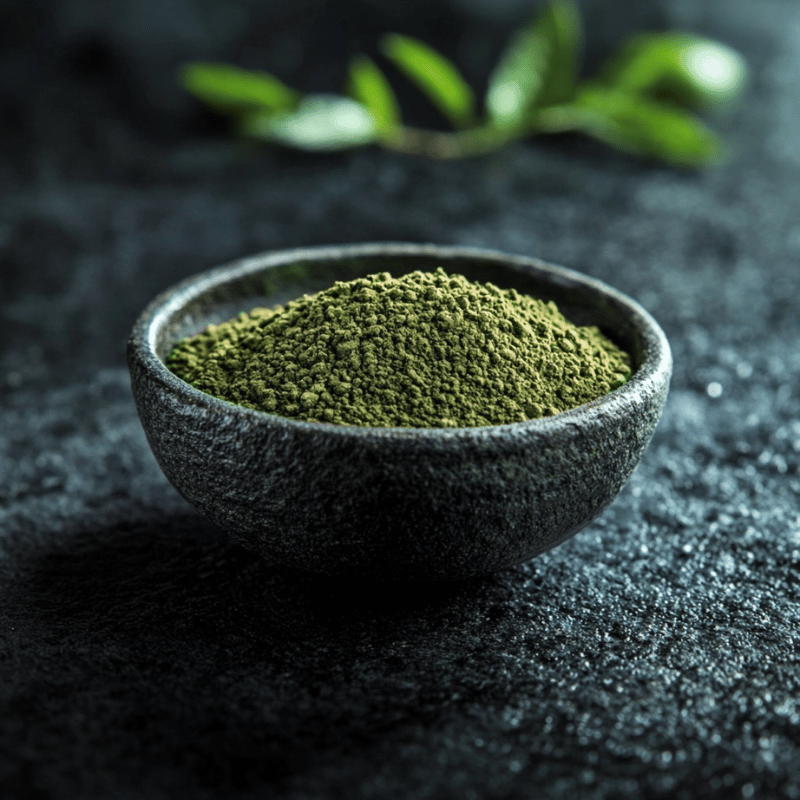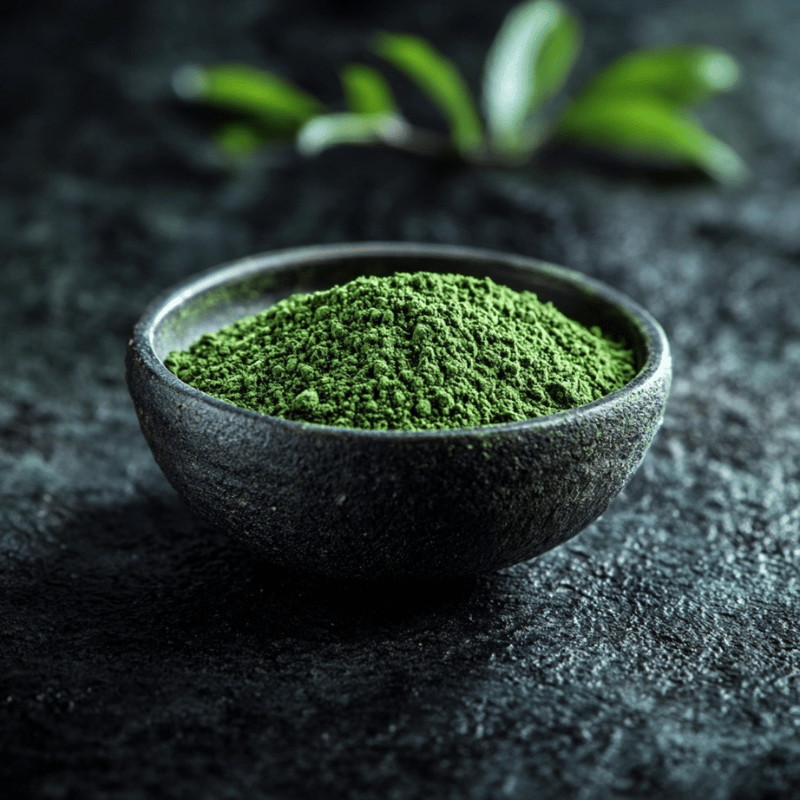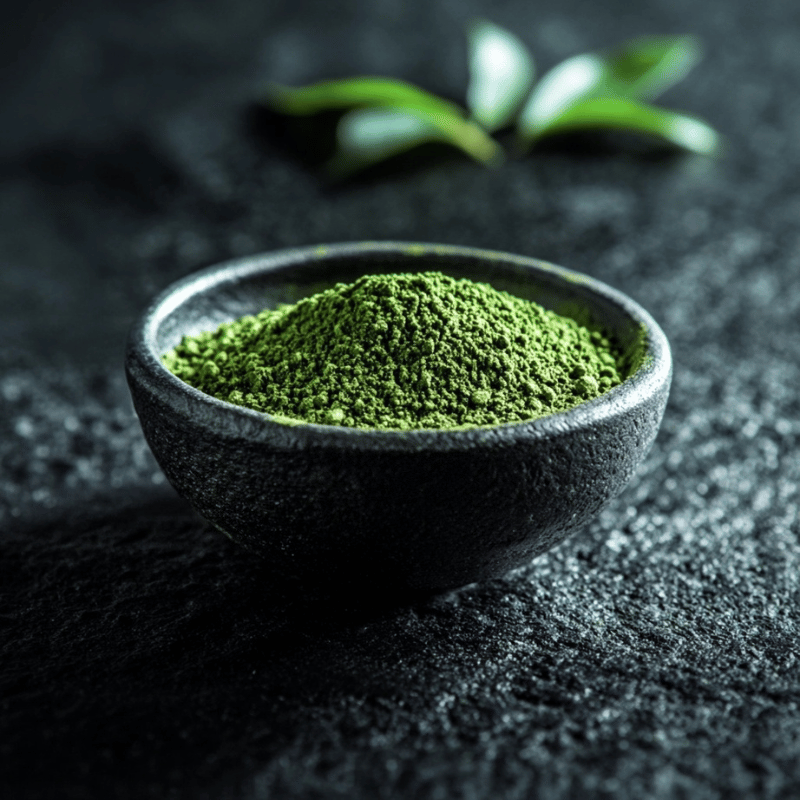Kratom
How Kratom Is Grown
How Kratom Is Grown: From Southeast Asia to Your Doorstep
Kratom, or Mitragyna speciosa, has a fascinating journey that begins in the lush tropical landscapes of Southeast Asia. From the fertile soil where it is cultivated to the moment it reaches consumers around the world, every step in Kratom’s growth and production is a story of care, tradition, and expertise.
In this article, we’ll explore how Kratom is grown, harvested, processed, and eventually delivered to your doorstep.
Where Does Kratom Grow?
Kratom thrives in the tropical climates of Southeast Asia. Countries like Indonesia, Thailand, Malaysia, and Myanmar are home to this incredible plant. These regions provide the ideal conditions for Kratom to flourish, including:
- Warm Temperatures: Kratom trees need heat to grow. The consistent warmth of Southeast Asia’s climate is perfect.
- High Humidity: The moisture in the air helps the trees grow tall and strong.
- Rich Soil: Fertile, nutrient-rich soil is essential for producing high-quality Kratom leaves.
- Plenty of Rain: Regular rainfall ensures the trees remain hydrated and healthy.
The combination of these natural elements creates the perfect environment for Kratom trees to thrive.
How Kratom Trees Are Grown
Kratom trees are part of the coffee family and can grow to impressive heights of 15–20 meters in the wild. Farmers often cultivate these trees in small, family-run plantations or in natural forests.
The Planting Stage
Kratom trees are typically grown from seeds, which are sown in nutrient-rich soil. These seeds are delicate and require careful attention to germinate. Because the seeds have a short shelf life, they are often planted soon after harvesting.
Farmers ensure that the young plants receive plenty of water and shade during their early growth stages. Over time, as the trees mature, they become more resilient and can withstand direct sunlight.
Harvesting Kratom Leaves
The most important part of the Kratom tree is its leaves. These leaves are harvested with care to preserve their quality. The harvesting process depends on the type of Kratom strain being cultivated.
Mature Leaves for Red Strains
Red vein Kratom comes from fully matured leaves. Farmers wait until the leaves are dark green and thick before picking them. These leaves have the highest concentration of alkaloids.
Intermediate Leaves for Green Strains
Green vein Kratom is harvested from leaves that are not fully mature. These leaves are lighter in color and are picked at an intermediate stage of growth.
Young Leaves for White Strains
White vein Kratom comes from younger leaves, which are harvested earlier in the growing cycle. These leaves are usually smaller and have a lighter, more delicate appearance.
Farmers often use hand tools to carefully pick the leaves, ensuring the tree remains healthy for future harvests.
Drying and Processing Kratom
After the leaves are harvested, they are dried to preserve their alkaloid content and prepare them for further processing. The drying method can vary depending on the desired strain.
Outdoor Drying
For some strains, the leaves are dried under direct sunlight. This method is common for red vein Kratom, as sunlight enhances its natural properties.
Indoor Drying
White and green vein Kratom leaves are often dried indoors. This prevents exposure to sunlight, which could alter the leaves’ color and characteristics.
Fermentation
In some cases, Kratom leaves undergo fermentation to enhance their alkaloid profile. This process is more common with certain red vein strains.
Once dried, the leaves are either ground into a fine powder or left whole, depending on how they will be sold or shipped.
Packaging and Exporting
After processing, the dried Kratom is carefully packaged to ensure freshness and quality. High-quality Kratom suppliers use airtight, moisture-resistant packaging to preserve the product during shipping.
Kratom is then exported from Southeast Asia to international markets. Indonesia is one of the largest exporters, with many small-scale farmers and cooperatives playing a key role in the global supply chain.
The Role of Ethical and Sustainable Farming
As demand for Kratom grows, sustainability has become a major focus in the industry. Ethical farming practices are essential for protecting the environment and supporting local communities.
Sustainability Practices
- Replanting Kratom trees to replace harvested ones.
- Avoiding overharvesting to maintain healthy tree populations.
- Supporting biodiversity by growing Kratom in natural forests.
Fair Trade Initiatives
Many Kratom suppliers work directly with farmers to ensure they receive fair compensation. This not only improves the farmers’ livelihoods but also helps maintain the quality of the Kratom being produced.
From Farm to Doorstep
Once Kratom has been grown, harvested, processed, and packaged, it begins its journey to consumers worldwide. Reliable suppliers ensure that the product undergoes quality control checks and lab testing before it reaches the market.
The final step is shipping, which is handled by exporters and distributors. Thanks to modern logistics, Kratom can be delivered to your doorstep, no matter where you live.
Final Thoughts
The journey of Kratom is a testament to the hard work of farmers and the natural beauty of Southeast Asia. From its origins in tropical forests to its arrival in international markets, every step in the process involves dedication and care.
By choosing Kratom from ethical and sustainable sources, you not only support local communities but also ensure that this incredible plant continues to thrive for generations to come.
BUY KRATOM
